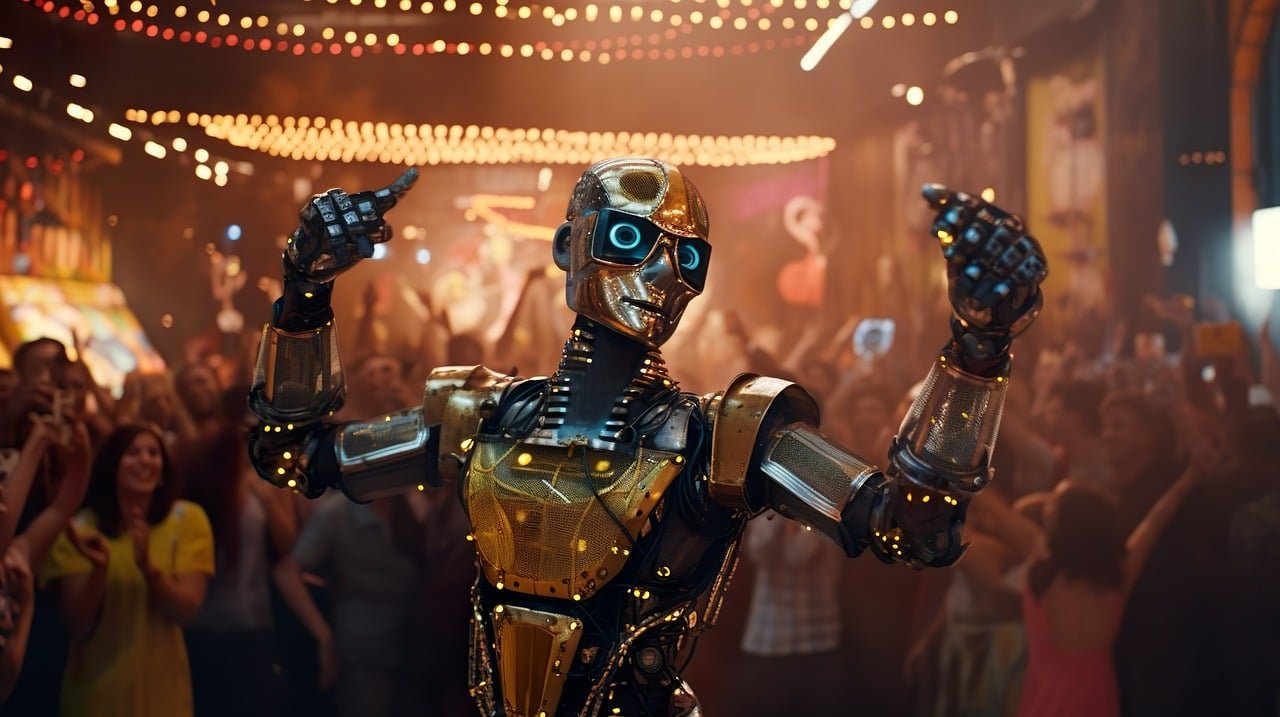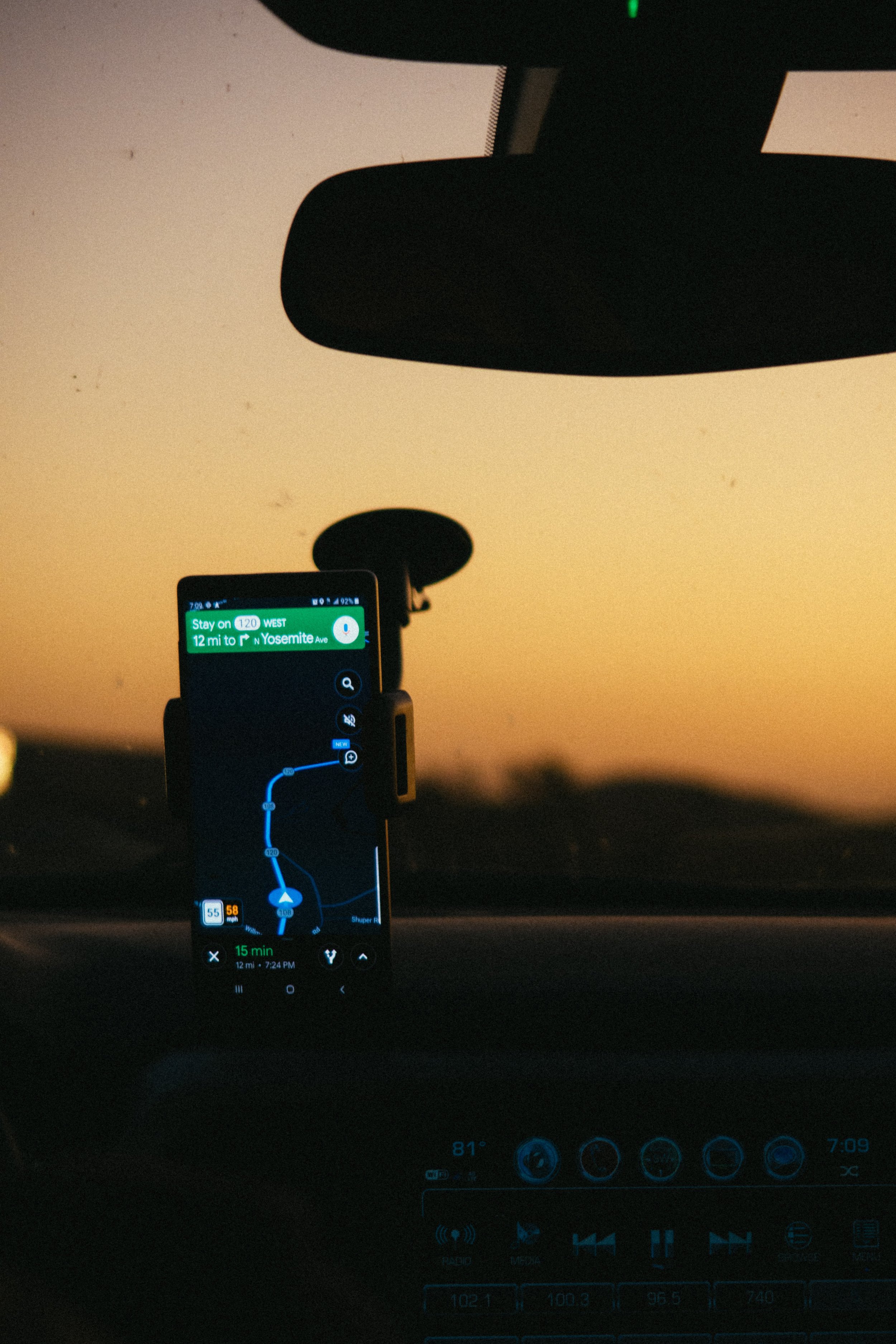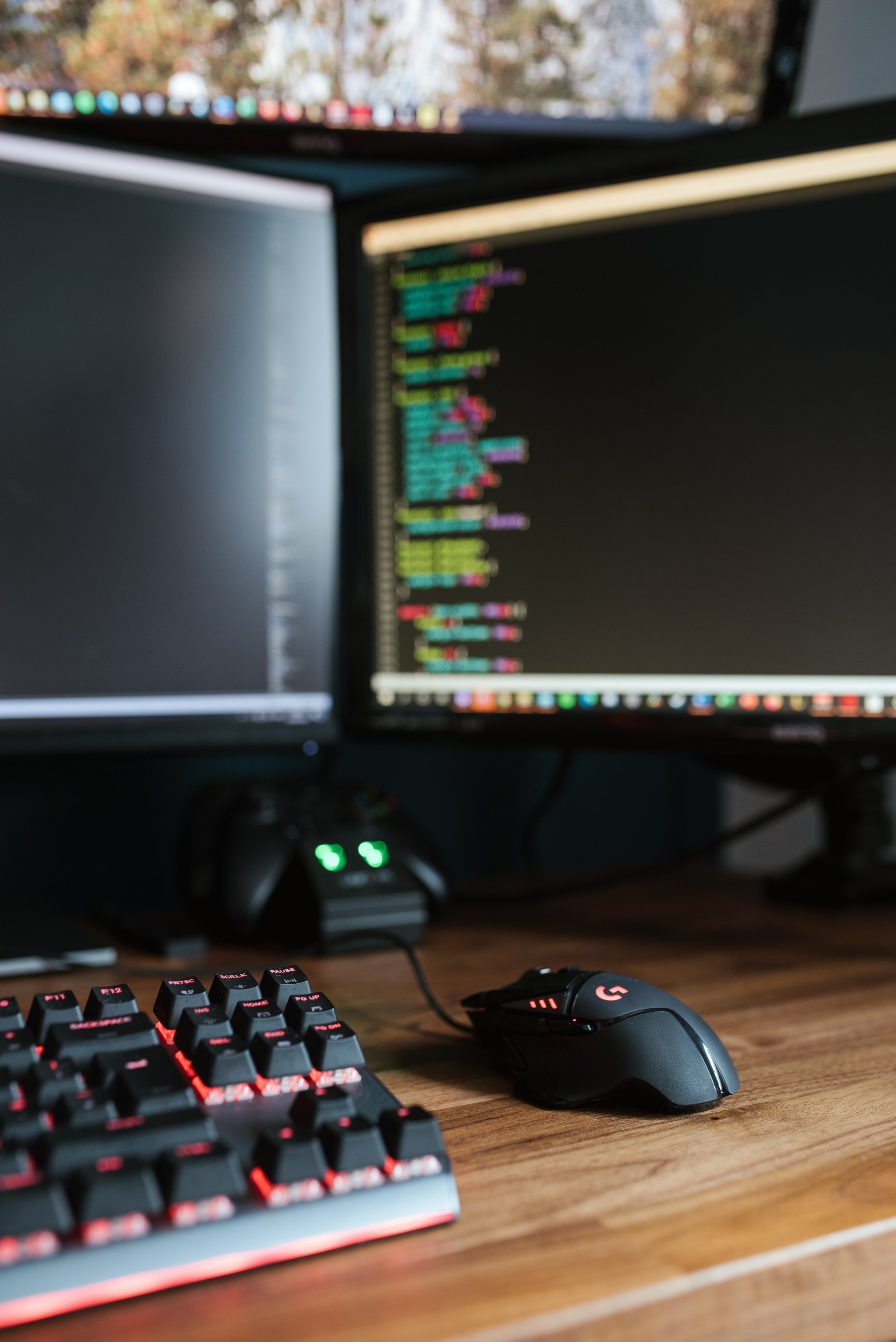Can Artificial Intelligence and Machine Learning Help Us Learn the Tango?
Technology is one of the many continuously evolving things in our world, and we can easily see how far it has come over the past few decades.
Artificial Intelligence (AI) is among the most recently developed technologies and has dramatically impacted our lives.
Some may not know it, but we use AI in everyday activities. It’s in our phones, our apps, and many other products. It’s undeniably revolutionary!
What if we combine revolutionary AI with the tango, the revolutionary dance? Is there a gray area between the two? If AI is quickly developing and can soon replace humans in many tasks, can it also teach us something as physical and intricate as the tango?
Understanding AI and its subsets, including Machine Learning, will lead us to the answer.
“Artificial Intelligence” is a term for machines that can reason, perceive, and act independently.
With how fast this technology develops, it’s natural to imagine how we can apply it to creative activities such as dancing. But knowing how physical and emotional tango is, more questions arise. Can AI learn enough about the tango to teach it?
What Is Artificial Intelligence?
Investopedia defines Artificial Intelligence (AI) as
the simulation of human intelligence in machines programmed to think like humans. AI mimics human actions, including learning and problem-solving.
According to Live Science, AI was formally founded in 1956.
We can trace its roots back to the attempts of classical philosophers to describe human thinking as a symbolic system.
Technology had always been seen as promising, but its journey to actually make a difference in the world took a lot of work. Nevertheless, AI has evolved significantly since.
Tech Target said there are two categories of AI: strong and weak.
Weak or narrow AI is designed and trained to complete specific tasks, while strong or artificial general intelligence replicates the human brain’s cognitive abilities.
Moreover, AI has four types, namely:
Reactive AI: The most basic type and can identify patterns from past data. It doesn’t have memory or use prior experiences to inform decisions.
Limited memory AI: Can use past experiences to inform decisions.
Theory-of-mind AI: Fully adaptive and extensively able to learn and retain past experiences.
Self-aware AI: The type that’s still in development and can be aware of its existence.
AI programming focuses on learning, reasoning, and self-correction skills. Therefore, it does the following:
Acquires data and creates rules (algorithms)
Chooses the right algorithm to reach the desired results
Continuously refines algorithms to provide the most accurate outcomes possible
Ultimately,
AI is capable of problem-solving, decision-making, and learning.
It’s a reflection of what human beings can do, but it’s still not as versatile and can’t reproduce humans’ complexity. At least not yet.
AI in Our Daily Lives
AI is present in many industries and products, such as healthcare, finance, business, and transportation.
We can find AI in our phones and other devices that rely on voice commands. AI is also in marketing and customer experience automation.
It’s important because it’s good at detail-oriented tasks, like analyzing data and recognizing patterns. It reduces time and costs, so it’s become a prevalent technology in many businesses.
Moreover, AI-based products and services are user-friendly and efficient.
To have a more transparent look at how AI works now, Java T Point listed the following examples and more:
Google Maps and ride-hailing applications
Face detection and recognition
Text editors and autocorrect
Chatbots
Electronic payments
Search and recommendation algorithms
Online ads-network
Smart home devices
Security and surveillance
Smart keyboard application
Smart speaker
Smart email applications
Music and media streaming services
Yes, AI has already achieved a lot, and it’s still growing! We can find AI in almost everything, from cars to phones and other travel applications. And, as humans continue to develop this technology, its capabilities become more and more impressive.
What Is Machine Learning?
Let’s dive deeper into Artificial Intelligence. We can expand AI by incorporating one of its subsets, Machine Learning (ML). IBM defines ML as
a branch of AI and computer science focusing on using data and algorithms to imitate how humans learn.
ML gradually improves the accuracy of human learning as algorithms analyze data and provide insights.
According to UC Berkeley, ML has the following components:
Decision process: Involves calculations that acquire data and guesses the algorithm’s pattern.
Error function: Measures how good the guess was compared to known examples (if available).
Updating or optimization process: Looks at how bad or good the guess was and updates the algorithm’s parameters based on this information.
ML has different categories like AI: supervised, unsupervised, and semi-supervised machine learning.
Supervised learning uses labeled datasets to train algorithms in classifying data or predicting outcomes accurately. On the other hand, unsupervised learning uses machine learning algorithms in analyzing and clustering unlabeled datasets. Lastly, semi-supervised learning is a medium between supervised and unsupervised machine learning.
While it’s undeniable how ML has made things easier, its implementation in businesses still poses ethical concerns. These include technological singularity, privacy, bias and discrimination, and accountability.
Nevertheless, ML has already changed our lives and will continue to do so as it develops further. It might be challenging to fully understand the technology now, but it’s beneficial for us to keep learning about it.
Machine Learning Everywhere
According to SalesForce,
Machine Learning is present in image recognition, speech recognition, and even medical diagnosis.
Regarding image recognition, ML helps law enforcement and medical practitioners recognize human faces and objects accurately.
On the other hand, speech recognition is used for natural language processing. Many applications have this feature, like virtual assistants and customer service chatbots. Lastly, ML is also used in medical diagnosis. It can provide a better understanding of diseases and treatments due to its ability to analyze large datasets accurately, if not better, than humans.
Because AI is already everywhere, ML also tags along. Its remarkable ability to find patterns, consult data accurately, and learn from it makes the technology a powerful tool.
It can be hard to imagine how life was or will be without AI and ML. We might easily overlook their presence, but they are already integral parts of our lives.
The Future of AI and ML
Now that we see the presence of AI and ML in different industries, it’s not hard to imagine how it’ll be even more widespread in the future.
AI’s potential to make our lives easier and more efficient has already been shown in various aspects of life. It has already tapped into transportation, healthcare, education, media, and customer service.
According to Built In, more AI-powered robots will soon work alongside humans to perform tasks.
“Robots” are an inevitable part of AI.
We’ve seen them in science fiction movies and will likely see them in real life soon! It’s still too early to tell how much humans need to be present for robots to function, but we can expect AI and ML to make things happen.
Will they be a threat to humanity? Well,
it depends on how humans use them. AI and ML reflect the capabilities of humans, so it’s crucial to use them correctly.
Some say robots may leave humans jobless, especially those in the manufacturing industry. However,
AI currently lacks creativity and the capacity for compassion or love. It’s a tool to amplify our capabilities, and it’s important to keep this in mind.
Everything AI and ML are currently doing was once just a concept. Therefore, whatever we can conceptualize today might be achievable in the future. Can the tango be a part of that?
Tango for Humans
When we say “tango,” we think about two people dancing in perfect synchronization.
The dance that originated in Argentina is known as one of the world’s most passionate, romantic, and seductive dances.
We know it for the cat-like movements and its sensual connection between two people.
The tango is a human endeavor, and it thrives in the presence of the following and more:
Physical Connection
Tango requires a physical connection.
The dance involves two bodies connected through precise and subtle body language between the leader and follower.
The physical connection comprises contact, balance, and communication. It’s the technique and style that every tango dancer learns and perfects.
Ultimately, it’s not tango without the embrace.
Tango is when two bodies become one, moving together as if they are one.
The leader uses their body to lead, while the follower uses their body to follow. Physical connection is a crucial part of the tango.
Emotional Connection
On the other hand, the physical connection in tango can’t be complete without an emotional connection. The leader and follower give each other energy, passion, and understanding as they move to the rhythm of the music.
When two people dance the tango, both need to be emotionally invested in what they do.
The emotional connection is what the chemistry of the dance is made of!
A dancer can learn the basics of tango and fulfill their physical connection, but the emotional connection will make them a great tango dancer.
Without an emotional connection, tango is merely a physical activity. Once a dancer connects with their partner, emotions allow them to improvise and make tango an intense, beautiful experience.
Learning and Teaching the Tango
Now, back to our original question: can AI and ML teach humans the tango?
When we compare AI and tango, we can easily say that the former is more of a technical skill than an emotional one.
AI is all about data, algorithms, and code that allow it to act as a machine. As mentioned earlier, it doesn’t have creativity and the capacity to feel emotions.
Tango, on the other hand, is more of an organic skill.
It’s a dance that requires a physical and emotional connection between two partners.
When tango masters teach their students how to dance, they focus on the physical aspect of the dance. They guide their students through the tango walk, embrace, and other basic steps. They also talk about the dance’s music, culture, and history, which helps their students gain a deeper understanding of tango.
The emotional aspect of tango isn’t something that can be taught. It’s something that the students must learn and feel over time, with practice and experience.
Tango masters can only exude the emotion of the dance and use it as an inspiration for their students. They cannot verbally explain or teach emotions, so students must learn to feel them themselves.
Perhaps, the only time AI and tango can work together is when AI can help people learn the basics of tango. AI can teach a person how to do the steps, the music, and even the history. AI can also explain the physical and emotional connection needed in tango. However, it might never be able to teach humans the emotion of tango, which is the most crucial part.
As said by Sepideh Honarbacht in “Would I tango with a robot?”:
“But when I think about the most sophisticated humanoid robots, it’s not their lack of grace that concerns me most; I just don’t trust them.”
Many of humans’ most beautiful, intimate moments happen in the realm of emotions. AI and ML can help us learn and understand the technical aspects of many things, including tango. But, it can never teach us the emotional part of the dance. It’s something AI and ML can’t replicate and something humans will always have to figure out for themselves.
Tango in the Future
It’s too early to tell if AI and ML will ever be able to transcend the physical and emotional boundaries of tango. Maybe today, they’re incapable of teaching humans the complexity of tango, but the future may bring us something different.
For now, there’s a clear distinction between AI and the human experience, and only time will tell if this gap can ever be bridged.
Artificial intelligence and machine learning may have the potential to teach humans the basics of tango, but definitely not how to experience it.
Should AI ever be able to do this, are you ready for how it will change the way humans interact with technology and other people?












